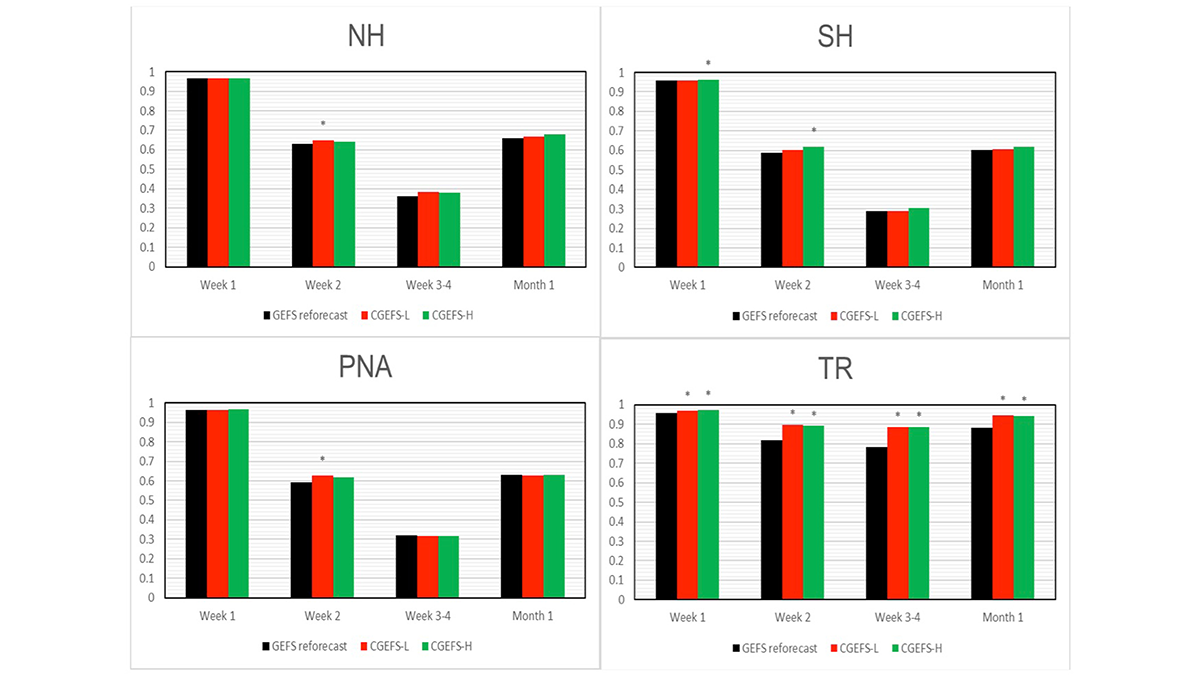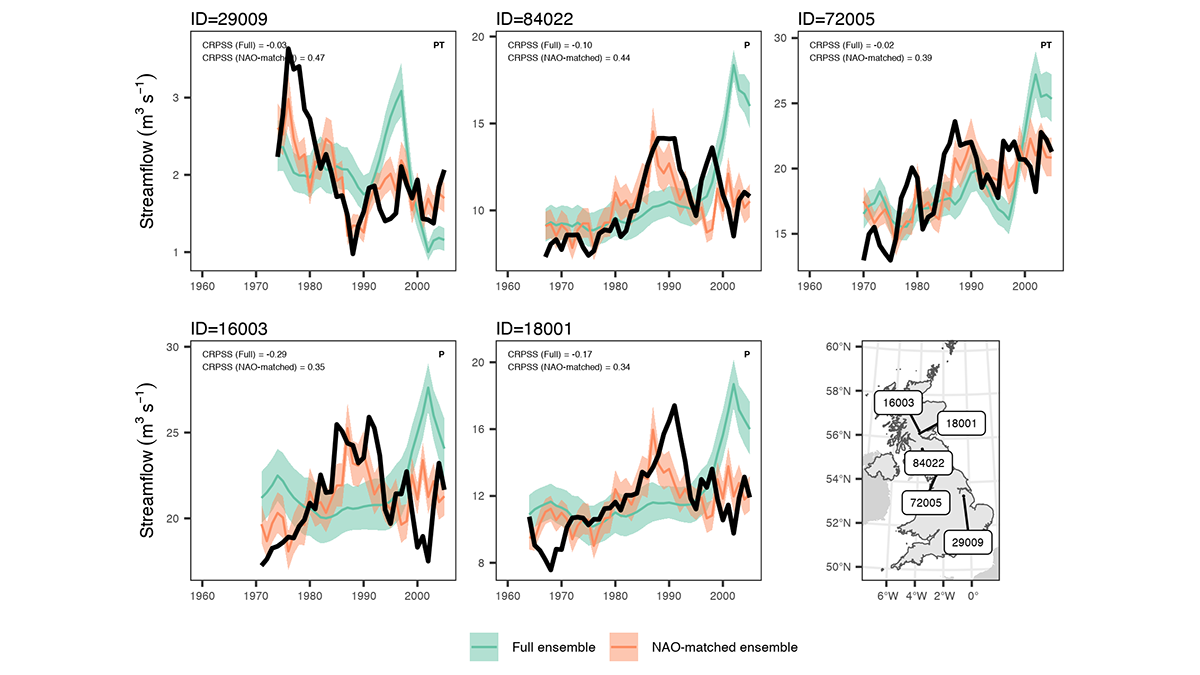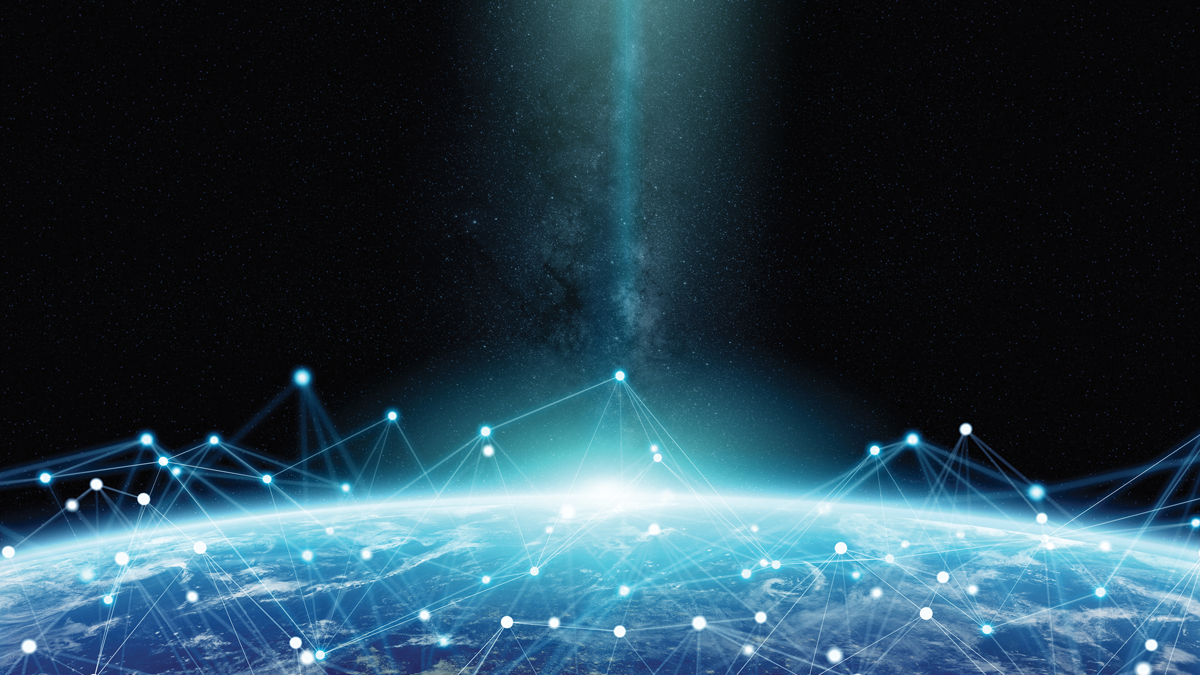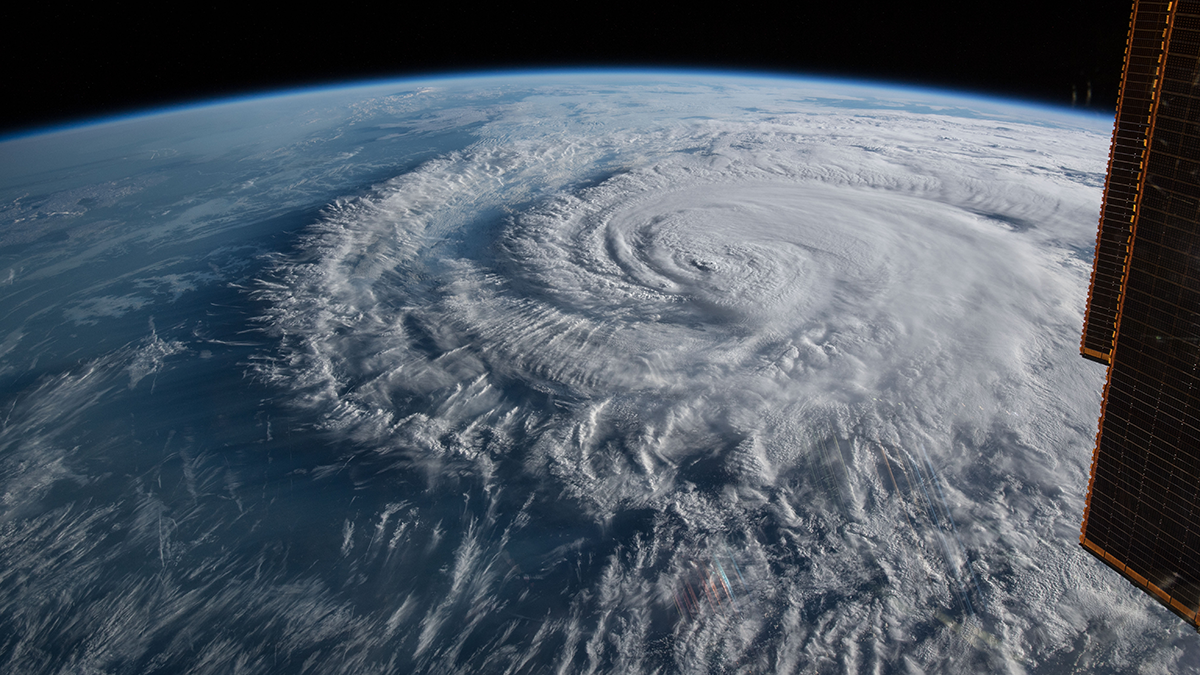Extreme fires in the western United States and Southeast Asia influenced the local weather in ways that make fires and smoke pollution worse.
forecasting
Accounting for Offbeat Earthquakes Could Improve Forecasts
A new model considers the full history of earthquakes on a fault, improving forecasts of when the next will strike.
A New Coupled Modeling System Improves Forecast Skills
Building on older versions, the new Global Ensemble Forecast System with coupled atmosphere-land-ocean-ice-wave models has better forecasting skills of the atmosphere than the uncoupled system.
Predicting Flood Conditions in the Next Few Years
Multiyear flood predictions are possible for watersheds in which the magnitude and frequency of flooding can be related to an atmospheric pressure see-saw in the North Atlantic region.
Drones Make Weather Prediction Easier at the Poles
Researchers measured wind speed with a commercially available drone and a lightweight sensor. The approach could help scientists gather more data from remote environments.
Are We Entering the Golden Age of Climate Modeling?
Thanks to the advent of exascale computing, local climate forecasts may soon be a reality. And they’re not just for scientists anymore.
A Better Operational Lava Flow Model
By segmenting the vertical structure of a lava flow, the Lava2d model provides more realism to operational lava forecasts.
What is the Best Predictor of Landfalling Hurricane Damage?
A new study finds that the minimum sea level pressure, as another measure of hurricane strength, is a better predictor of hurricane damage in the United States than the maximum sustained wind speed.
Slight Shifts in Magnetic Field Preceded California Earthquakes
Magnetometers detected faint signals that with further study, may improve our understanding of what happens before earthquakes and offer promise for early detection.
Vegetation Carries the Signature of Recent Precipitation
Vegetation response to precipitation is important for near-term weather predictability, and researchers show that such a response can occur within a few days and last up to two months.










